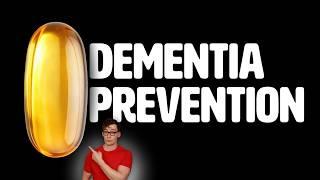
Drown Cancer in This Nutrient – And Flip its Kill Switch
Physionic
Jul 28, 2025
Mindsip insights from this episode:
Utilize butyrate to target cancer cells directly
Even at low concentrations, butyrate is harmful to cancer cells that rely on sugar because they bypass metabolizing it and it acts directly on their genes.
Implement butyrate-centric strategy to combat sugar-fed cancers
While a minority of cancers feed on fat, this butyrate-centric strategy seems useful for the majority of cancers that undergo the Warburg effect and feed on sugar.
Boost butyrate production with fiber-rich foods
You can increase butyrate production by eating dietary fiber-rich foods like green bananas, plantains, onions, garlic, and potatoes.
Investigate butyrate-producing bacteria in colorectal cancer patients
Human studies have identified that people with colorectal cancer tend to have fewer butyrate-producing bacteria compared to healthy individuals.
Boost p53 function with butyrate for cancer defense
Butyrate can increase the stability and DNA-binding ability of the powerful anti-tumor protein p53, enhancing its cancer-fighting function.
Utilize butyrate to alter cancer gene expression
Butyrate primarily harms cancer cells not by being a fuel source, but by changing gene expression through a process called histone acetylation.
Understand butyrate's dual role in cancer dynamics
The short-chain fat butyrate can stimulate cancer cells at low concentrations but stresses and kills them at high concentrations.
More from
Physionic
You also might be interested in
Thyroid function and hypothyroidism: why current diagnosis and treatment fall short for many, and how new approaches are transforming care | Antonio Bianco, M.D., Ph.D.
Starving Cancer: The Hidden Power of Food, Fasting, and the Body’s Inner Terrain
Dementia Rates PLUNGED in Study of 1 Million People
The Fastest Way to Get Alzheimer’s (Most People Do This Daily) | Dr. Dale Bredesen
Using Existing Drugs in New Ways to Treat & Cure Diseases of Brain & Body | Dr. David Fajgenbaum














